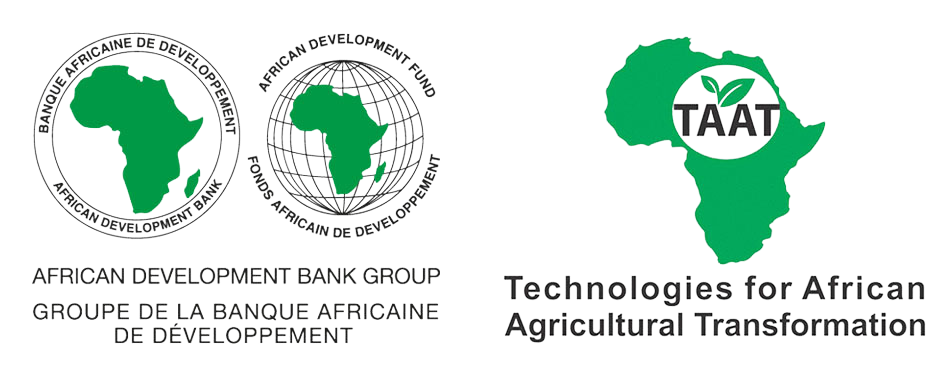

Natural Allies for Mango Mealybug Control
This technology is a biological control method using two specific parasitoid species, Gyranusoidea tebygi and Anagyrus mangicola, imported from India. These tiny wasps target the invasive mango mealybug by locating and parasitizing it—laying their eggs inside the pest. As the parasitoid larvae develop, they consume the host, ultimately leading to its death. This targeted attack significantly reduces the mealybug population, with field releases in West and Central Africa achieving reductions of about 95%. The method has proven highly effective, offering a sustainable and economically beneficial alternative to chemical pesticides for protecting mango crops.
This technology is pre-validated.
Adults 18 and over: Positive high
Adult farmers, especially those engaged in mango production, benefit from increased yields and reduced crop loss. This improves household income and food security.
The poor: Positive high
Poor farming households benefit from a free, sustainable pest control solution that does not require them to purchase pesticides, reducing production costs and increasing returns.
Women: Positive low
Although women are not directly involved in the implementation (managed by national services), they participate in mango harvesting, processing, and selling. The reduction in pest damage supports their economic activities.
Climate adaptability: Highly adaptable
The parasitoids have successfully established in diverse agroecological zones—from humid coastal areas to subhumid inland zones—demonstrating strong adaptability to varying climates.
Farmer climate change readiness: Significant improvement
By reducing dependency on chemical pesticides and increasing mango resilience to pest outbreaks, the technology enhances farmers' capacity to cope with climate-induced pest pressure.
Biodiversity: Positive impact on biodiversity
Supports biodiversity by reducing broad-spectrum pesticide use, allowing beneficial insects and natural ecosystems to thrive.
Carbon footprint: A bit less carbon released
No fossil fuel inputs are required for application (no spraying or machinery), making it a low-emission intervention.
Environmental health: Greatly improves environmental health
Improves environmental safety by replacing toxic pesticides with a natural solution, protecting water, soil, and non-target organisms.
The successful implementation of biocontrol using Gyranusoidea tebygi and Anagyrus mangicola has drastically reduced mango mealybug infestations, restored mango yields, and delivered long-term economic gains across multiple countries. This type of intervention requires government-led coordination, as it involves quarantine, safe release, and monitoring—steps that individual farmers or private actors cannot manage alone.
Key Steps for Integrating Mango Mealybug Biocontrol into National Projects
1. Pest Identification and Situation Analysis
Confirm Species: Conduct species-level identification to verify the presence of Rastrococcus invadens.
Assess Outbreak Context: Evaluate contributing factors such as local pesticide use or environmental conditions favoring mealybug outbreaks.
Engage Taxonomists: Work with entomologists to confirm pest identity and avoid confusion with other mealybugs.
2. Technical Engagement and Regulatory Setup
Contact IITA: Coordinate with the International Institute of Tropical Agriculture (IITA) for guidance and access to parasitoid cultures.
Obtain Permits: Secure a quarantine permit from national authorities, supported by biosafety data in line with FAO and IPPC standards.
National Alignment: Ensure procedures align with national plant protection policies.
3. Importation and Controlled Release
Receive Starter Cultures: Import live parasitoids from authorized IITA centers or partner institutions.
Quarantine Clearance: Conduct inspections and approval procedures in certified quarantine stations.
Field Release: Deploy parasitoids at strategic locations under supervision of national pest control services.
4. Monitoring and Evaluation
Track Establishment: Monitor parasitoid establishment within 12 months of release.
Assess Spread and Control: Measure pest suppression and natural enemy dispersal across affected zones.
Evaluate Impact: Quantify changes in mango yield, tree recovery, and economic return. Leverage national data and collaborate with IITA for assessments.
No formal IP rights
Scaling Readiness describes how complete a technology’s development is and its ability to be scaled. It produces a score that measures a technology’s readiness along two axes: the level of maturity of the idea itself, and the level to which the technology has been used so far.
Each axis goes from 0 to 9 where 9 is the “ready-to-scale” status. For each technology profile in the e-catalogs we have documented the scaling readiness status from evidence given by the technology providers. The e-catalogs only showcase technologies for which the scaling readiness score is at least 8 for maturity of the idea and 7 for the level of use.
The graph below represents visually the scaling readiness status for this technology, you can see the label of each level by hovering your mouse cursor on the number.
Read more about scaling readiness ›
Uncontrolled environment: validated
Common use by projects NOT connected to technology provider
| Maturity of the idea | Level of use | |||||||||
| 9 | ||||||||||
| 8 | ||||||||||
| 7 | ||||||||||
| 6 | ||||||||||
| 5 | ||||||||||
| 4 | ||||||||||
| 3 | ||||||||||
| 2 | ||||||||||
| 1 | ||||||||||
| 1 | 2 | 3 | 4 | 5 | 6 | 7 | 8 | 9 | ||
| Country | Testing ongoing | Tested | Adopted |
|---|---|---|---|
| Benin | –No ongoing testing | Tested | Adopted |
| Burkina Faso | –No ongoing testing | –Not tested | Adopted |
| Burundi | –No ongoing testing | –Not tested | Adopted |
| Cameroon | –No ongoing testing | –Not tested | Adopted |
| Central African Republic | –No ongoing testing | –Not tested | Adopted |
| Côte d’Ivoire | –No ongoing testing | –Not tested | Adopted |
| Democratic Republic of the Congo | –No ongoing testing | –Not tested | Adopted |
| Gabon | –No ongoing testing | –Not tested | Adopted |
| Gambia | –No ongoing testing | –Not tested | Adopted |
| Ghana | –No ongoing testing | –Not tested | Adopted |
| Guinea | –No ongoing testing | –Not tested | Adopted |
| Nigeria | –No ongoing testing | –Not tested | Adopted |
| Rwanda | –No ongoing testing | –Not tested | Adopted |
| Senegal | –No ongoing testing | –Not tested | Adopted |
| Sierra Leone | –No ongoing testing | –Not tested | Adopted |
| Togo | –No ongoing testing | Tested | Adopted |
| Uganda | –No ongoing testing | –Not tested | Adopted |
This technology can be used in the colored agro-ecological zones. Any zones shown in white are not suitable for this technology.
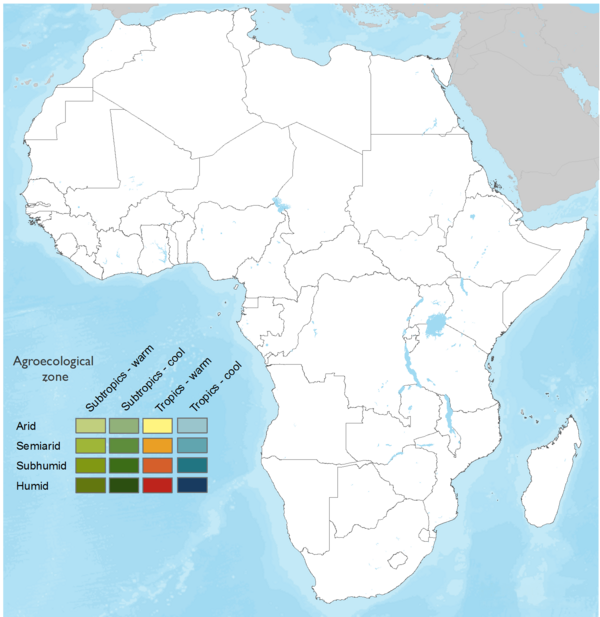
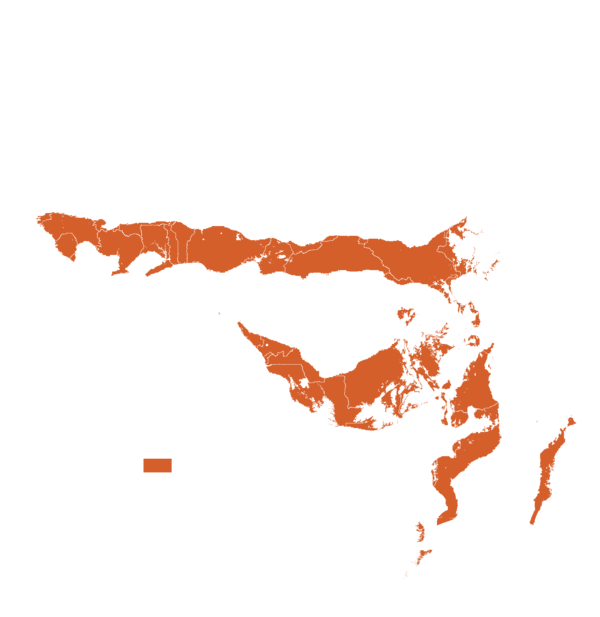

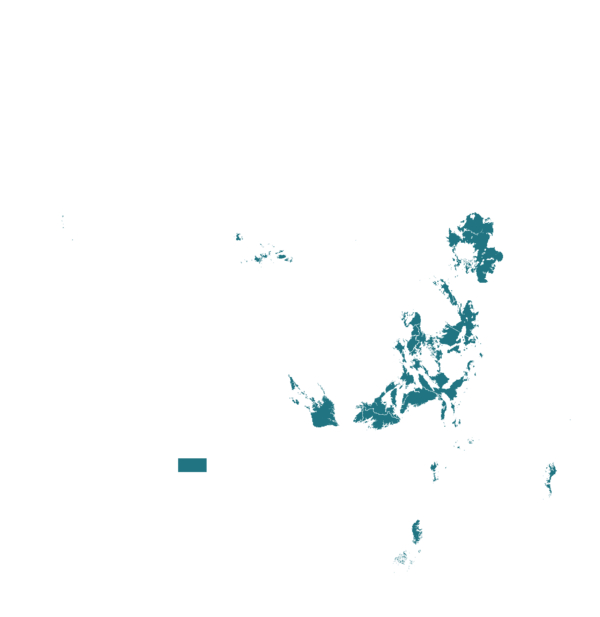

| AEZ | Subtropic - warm | Subtropic - cool | Tropic - warm | Tropic - cool |
|---|---|---|---|---|
| Arid | – | – | – | – |
| Semiarid | – | – | – | – |
| Subhumid | – | – | ||
| Humid | – | – |
Source: HarvestChoice/IFPRI 2009
The United Nations Sustainable Development Goals that are applicable to this technology.
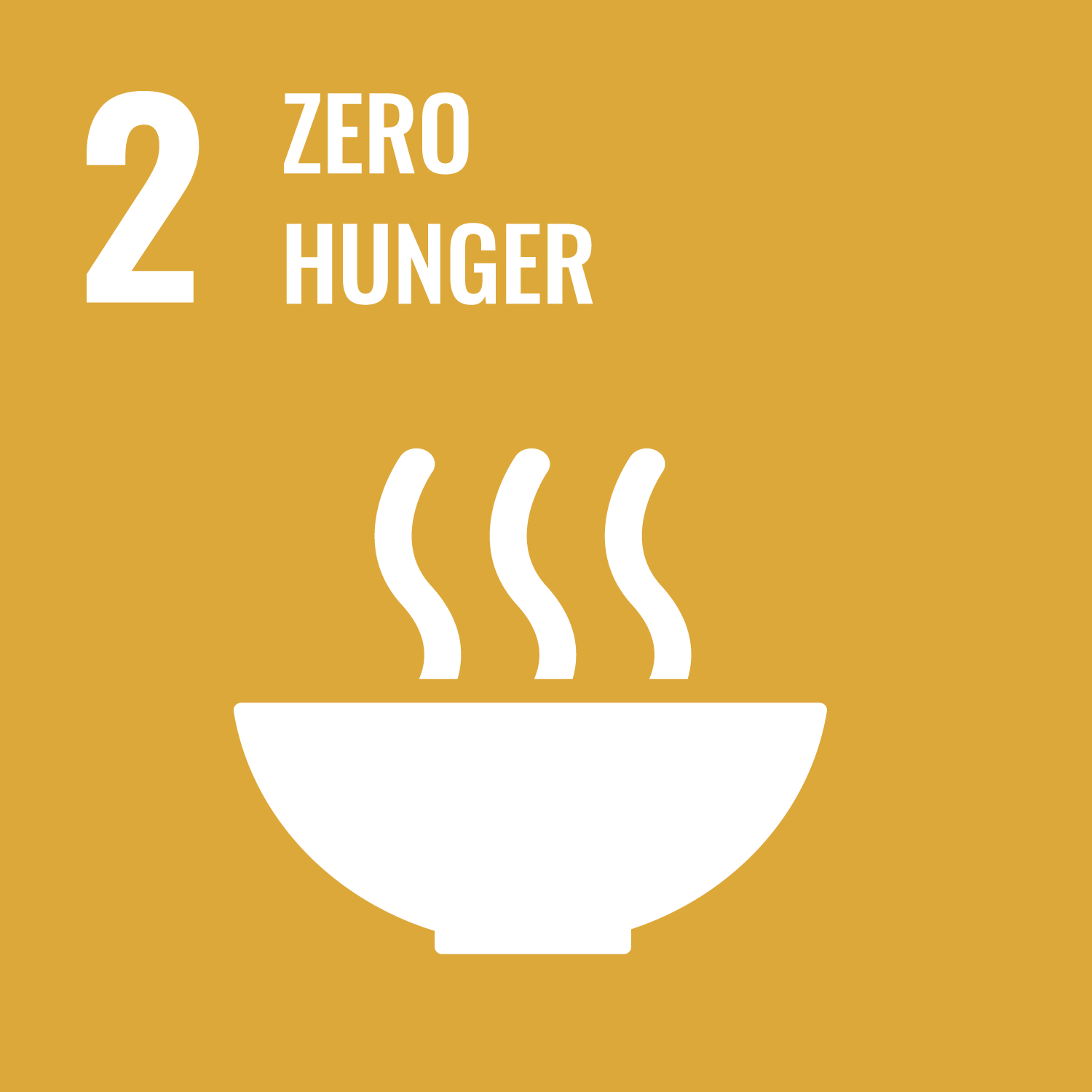
Protects mango yields by controlling a major pest, contributing to food security and farmer income.
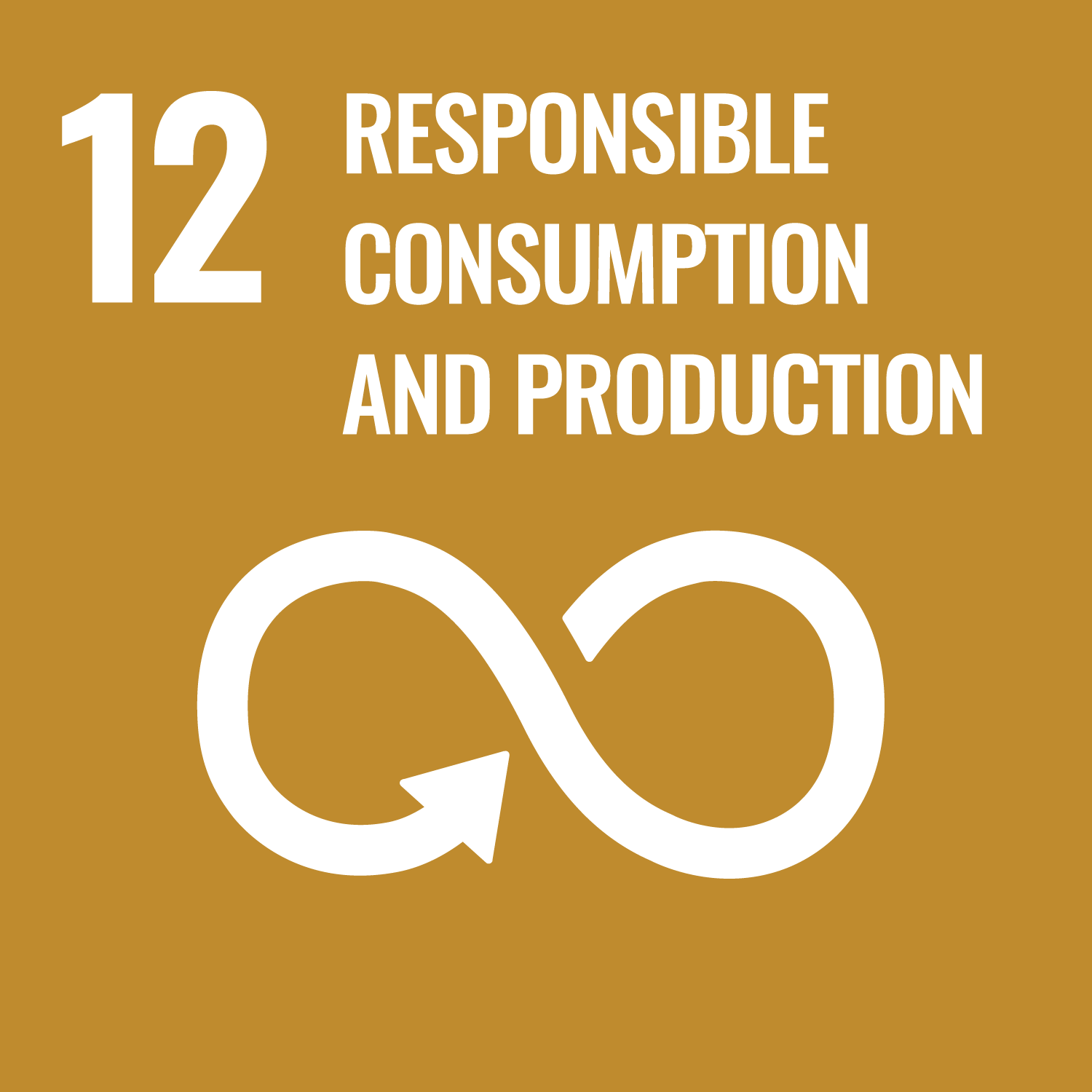
Reduces the use of chemical pesticides, promoting safer and more sustainable production systems.

Improves resilience of farming systems to climate-induced pest outbreaks without adding emissions.
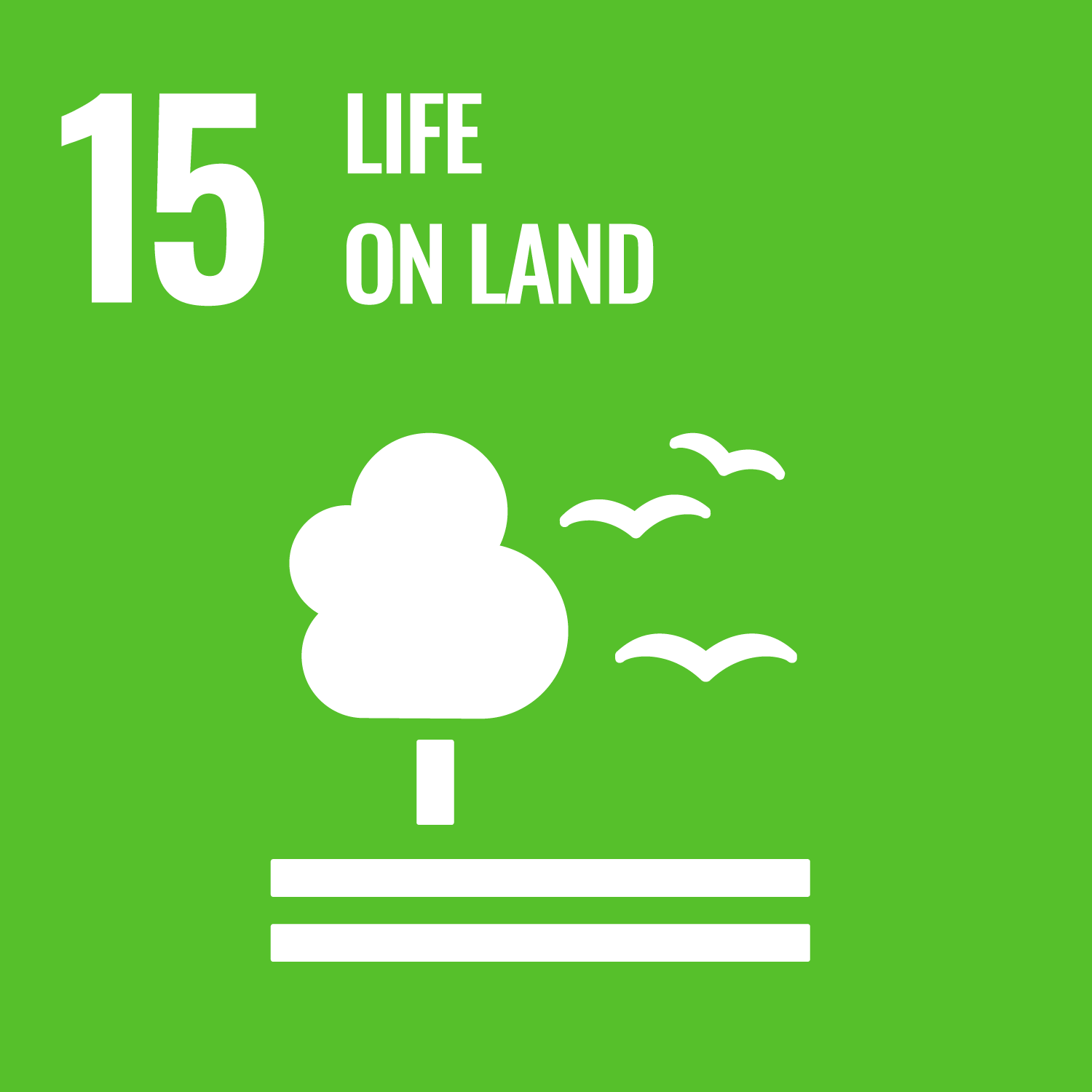
Supports ecological balance and biodiversity by using natural enemies instead of harmful chemicals.
Last updated on 28 November 2025